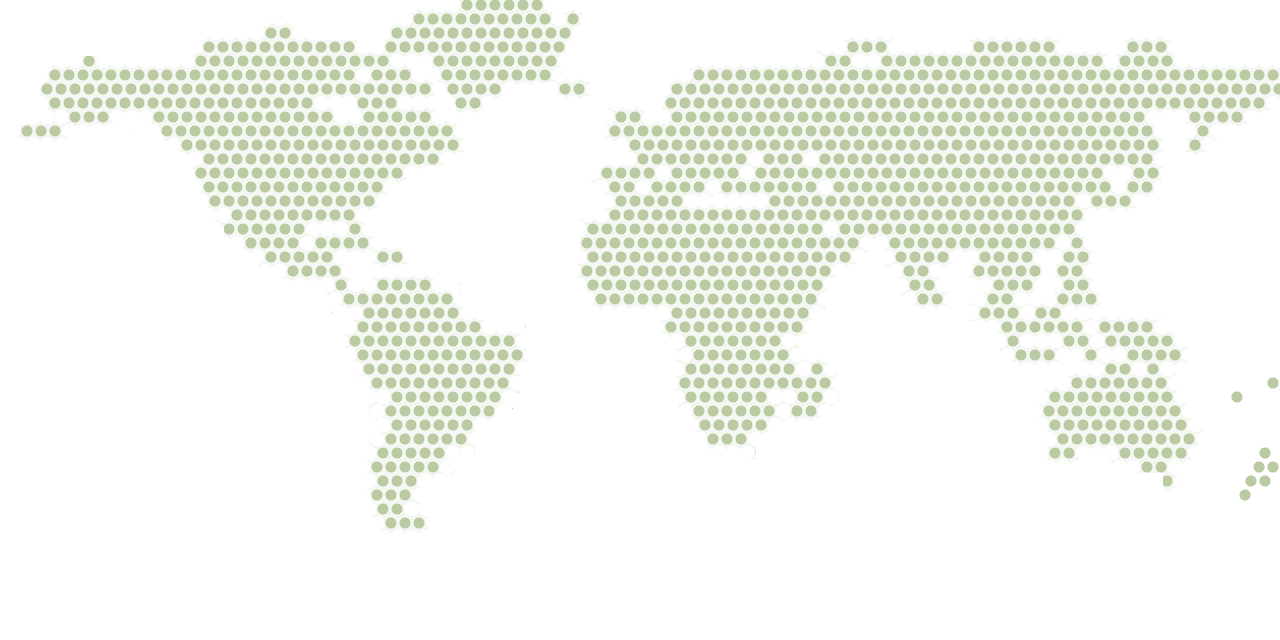Activity List
Activity List
CHALLENGE Land management approaches that use trees have led to an increase in yields and income, an increase in climate resilience, and more carbon sequestration than conventional approaches (thus yielding a ‘triple win’). These tree-based systems (TBS) can assist in improving food security and resilience because they contribute to soil productivity, water availability and genetic variability. They also ensure the overall robustness and resilience of an agricultural system to external shocks. With appropriate policy conditions, these tree-based systems can also assist in diversifying the…
Read More
CHALLENGEThe Government of Turkey has become a global leader in the fight against soil erosion, by making extensive investments in rehabilitating degraded landscapes. With support from the World Bank, poor communities in upland catchments have been engaged in developing and implementing a program of watershed rehabilitation. This integrated approach has succeeded in helping to tackle the problem of poverty in these communities. It has also succeeded as a model for rural service delivery by providing a platform for multiple government institutions to work together to be responsive to…
Read More
Challenge 90% of Tajikistan is upland and mountainous, two thirds of the population are rural, and agriculture accounts for 65% of employment, however it suffers from low productivity, thereby affecting local livelihoods. Land degradation, caused by both natural and anthropogenic factors, is increasingly affecting the economy and quality of life in Tajikistan. The resulting loss of arable land is particularly affecting the rural poor, who depend directly on what the land can provide for their survival and livelihood. This is one of the countries most affected by Climate Change (Glacier…
Read More
CHALLENGEWhat are the structural and institutional constraints to generating income from Non-Timber Forest Products (NTFPs) and ensuring the benefits accrue to poor rural communities in the Kyrgyz Republic?More than 35% of Kyrgyz Republic’s population lives below the poverty line. And the poorer, more isolated rural communities tend to rely on forests as a source of consumables, energy, and to an increasing extent, income-generating produce. This is especially true for the villagers who live on the periphery of walnut forests who depend on this resource for their daily subsistence and income…
Read More
CHALLENGEDeforestation and forest degradation account for nearly 20% of global greenhouse gas emissions, more than the entire transportation sector and second only to the energy sector. While considered a problem, preventing deforestation can serve as 20% of the solution to climate change.Reducing emissions from deforestation and forest degradation and the enhancement of carbon stocks (REDD+) is an effort to create a financial value for the carbon stored in forests, thereby offering incentives for developing countries to reduce emissions from forested lands and invest in low-carbon paths to…
Read More
What is the composition and size of the global market for payments for ecosystem services (PES)?In an effort to answer this question, PROFOR supported an endeavor to devise a matrix which maps the size, environmental and community impacts, participants and shapers, and market trends for PES in the forestry and other sectors. MAIN FINDINGSThe findings are broad in scope and complex. A few examples of trends uncovered during this process are:While most PES markets are growing at approximately 10 to 20 percent a year, the carbon markets are skyrocketing at 200 to 700 percent a year. The…
Read More
Starting in 1994, Cameroon introduced legislative and market-based reforms to regulate the rights to use and benefit from the country’s rich rainforests. These reforms sought to balance public and private interest and integrate wider economic, cultural, and environmental perspectives. Today, more than 60 percent of Cameroon’s rainforest are under management systems that emphasize sustainability. Biodiversity is better protected, illegal logging in managed areas has declined sharply, and the forest industry has restructured and adopted internally recognized forest management practices. To…
Read More
The Convention on International Trade in Endangered Species of Wild Fauna and Flora (CITES) has some limited ability to assist range states (countries where species occur) to tackle illegal trade.The Role of CITES in Combating Illegal Logging, published in 2006, reviews the relevant provisions of the Convention and examines experiences of how CITES has been used to address the problem of illegal logging for several CITES-listed tree species. The study authored by TRAFFIC, a joint program run by WWF and IUCN, benefited from PROFOR and World Bank financial support.It provides examples of…
Read More
CHALLENGEMany developing countries are proactively seeking to identify opportunities and related financial, technical, and policy requirements to move towards "green growth" on a low-carbon path. With the support of ESMAP, the multi-donor Enegery Sector Management Assistance Program hosted at the World Bank, selected pilot countries have initiated country-specific studies to assess their development goals and priorities, in conjunction with GHG mitigation opportunities, and examine the additional costs and benefits of lower carbon growth. For some of these pilot countries, addressing issues…
Read More
CHALLENGERecent developments in trade policies of key timber consumer countries, such as the amended US Lacey Act, EU Timber Regulation, and the Australian Government’s Illegal Logging Prohibition Bill, as well as the ongoing implementation of the Convention on International Trade in Endangered Species of Wild Fauna and Flora (CITES), have increased the need for producer countries to ensure verification of the legal origin of timber.However, for the most part, tropical timber producer countries are not adequately prepared to meet such requirements. Compliance with responsible economic, social…
Read More









